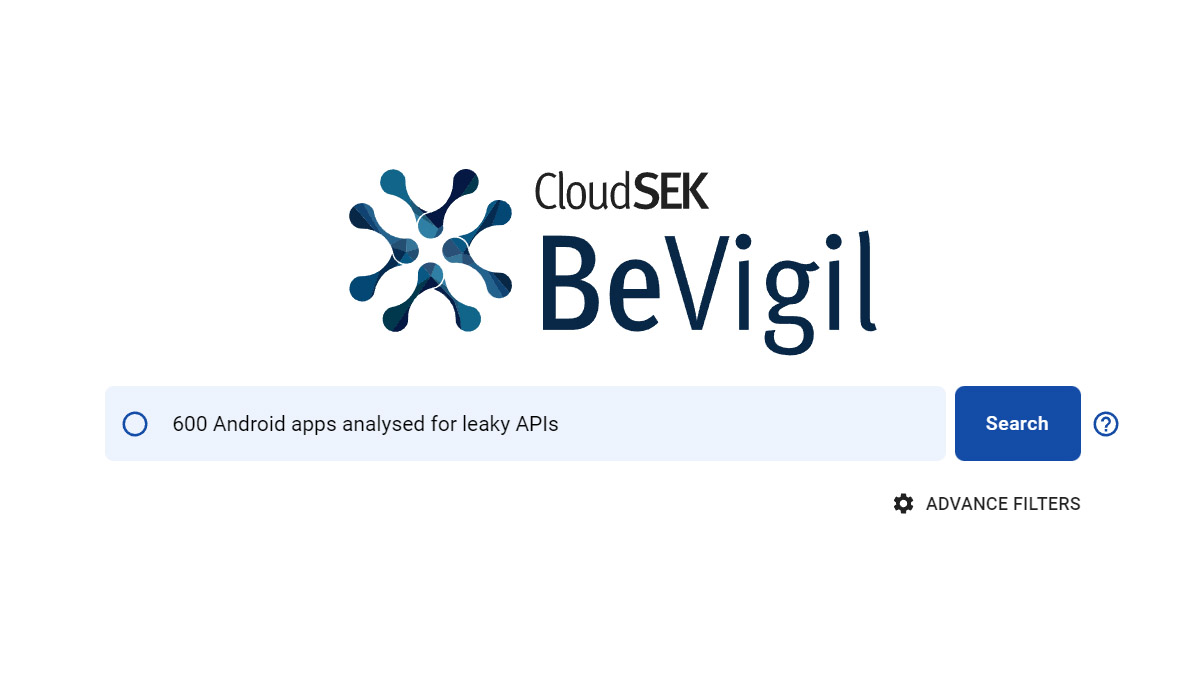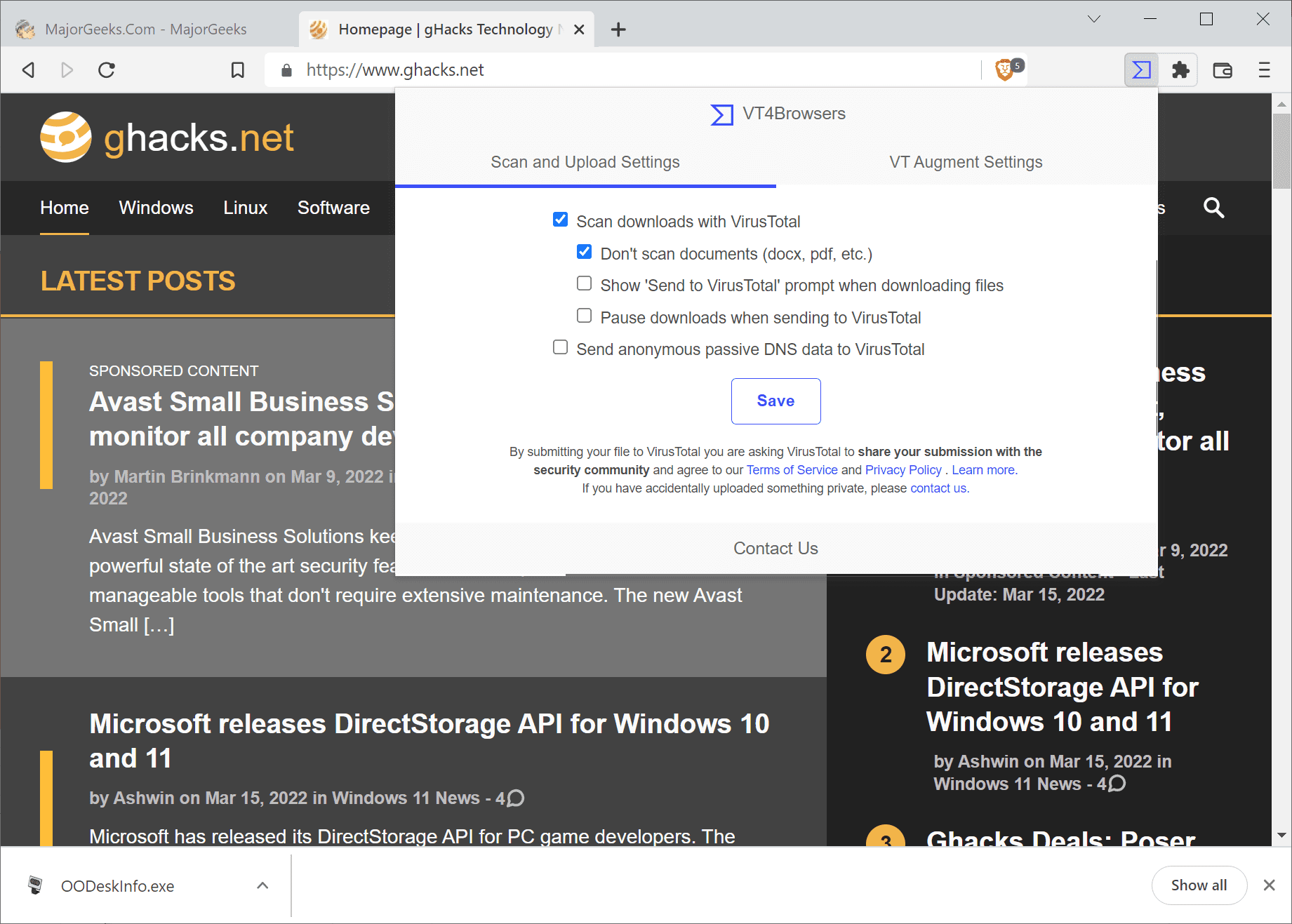Antivir Maker Avira Changes Update System

We ran a post in the beginning of this month (read: Avira Antivir Update Hangs) in which we mentioned a growing problem that users of Avira Antivir experienced.
The problem that users experienced was a permanent update failure during the virus definition update of the antivirus software.
Some users were able to fix the issue by manually updating their Antivir installation; others were not able to solve the problem and decided to switch to other security software programs instead.
Avira made an announcement a few days ago where they addressed the problem somewhat. The company mentioned that they have realized that "users of the free Avira AntiVir Personal had issues fetching the Updates in time recently". This is not exactly the same issue but it could very well be related.
Avira therefore decided to implement the following two changes: change the virus definition file format and use a content distribution network.
First, we switch from our current virus definition files (called iVDF) to a new format called nVDF. iVDF consists of 4 VDF files, while nVDF uses at least 32 files – we need to transfer less data for updating our virus definitions effectively in the future.
This means that we need to deliver about 25 MByte to every Avira installation starting today for switching to the new update system. This might lead to some delays for some users, especially for the users of our free version Avira AntiVir Personal. Just to get an idea about what we’re talking here: More than 100.000.000 Users are trying to get the update more or less on the same day. That is more than 2.5 Petabytes (or 2,500 Terabytes) of traffic.
The previous format used four files that contained all the virus definitions of the program. The new format splits those virus definitions in at least eight times that number, so that it will take less data transfers to update the virus definition files (it theoretically could slow down as well if a majority of the files need to be updated as this would mean that more files need to be transferred than in the old update system, but that's just speculation as there are no technical information available about the process at this point).
To ease the bandwidth bottleneck, we decided to additionally use a Content Delivery Network (CDN). We were first testing a CDN built up by our current Internet service provider. Shortly after activating the CDN, the redirectors – which redirect the update requests to servers close to the users location – were overloaded and couldn’t answer the requests anymore. The situation was solved a little later on, but the CDN isn’t big enough yet to spread this huge update in time. So we decided to switch to a global player in the CDN market to deliver the update.
The second change is the use of a content delivery network. Avira is building up their own CDN but had to contract a global CDN company to spread the massive update to all Avira users. It is likely that they intend to switch to their own CDN at a later time.
It does sound like a good plan though although the massive data transfer to bring the update to all Avira users could prove to be quite a challenge. Did anyone already receive the update?























wow thanks for the info. now I know why it’s difficult to download defi updates. but also thanks to avira for trying to solve this problem, even if we’re only using the free version..
hey martin, ya saw a huge amount of files go in last week and then all of a sudden the bandwidth doubled (200kb/sec+) and the lag before the download began (queuing i guess) ceased.. Now the only problem i see (very slight) is that on my set up it takes about 45 seconds to actually install the files. This has always existed and not a new problem. i realize im splitting hairs as this is all low cpu in the background and dont even understand the complexity of rolling the update into a viral database.
Avira is the best at this point! And now that the updates are fast, no reason not to have it if on a supported platform.
I just check my machines. They’ve all automatically updated to this new thing without me realizing any slowness the last few days.
Although one of my machines did crash in that time…… hm…… :)